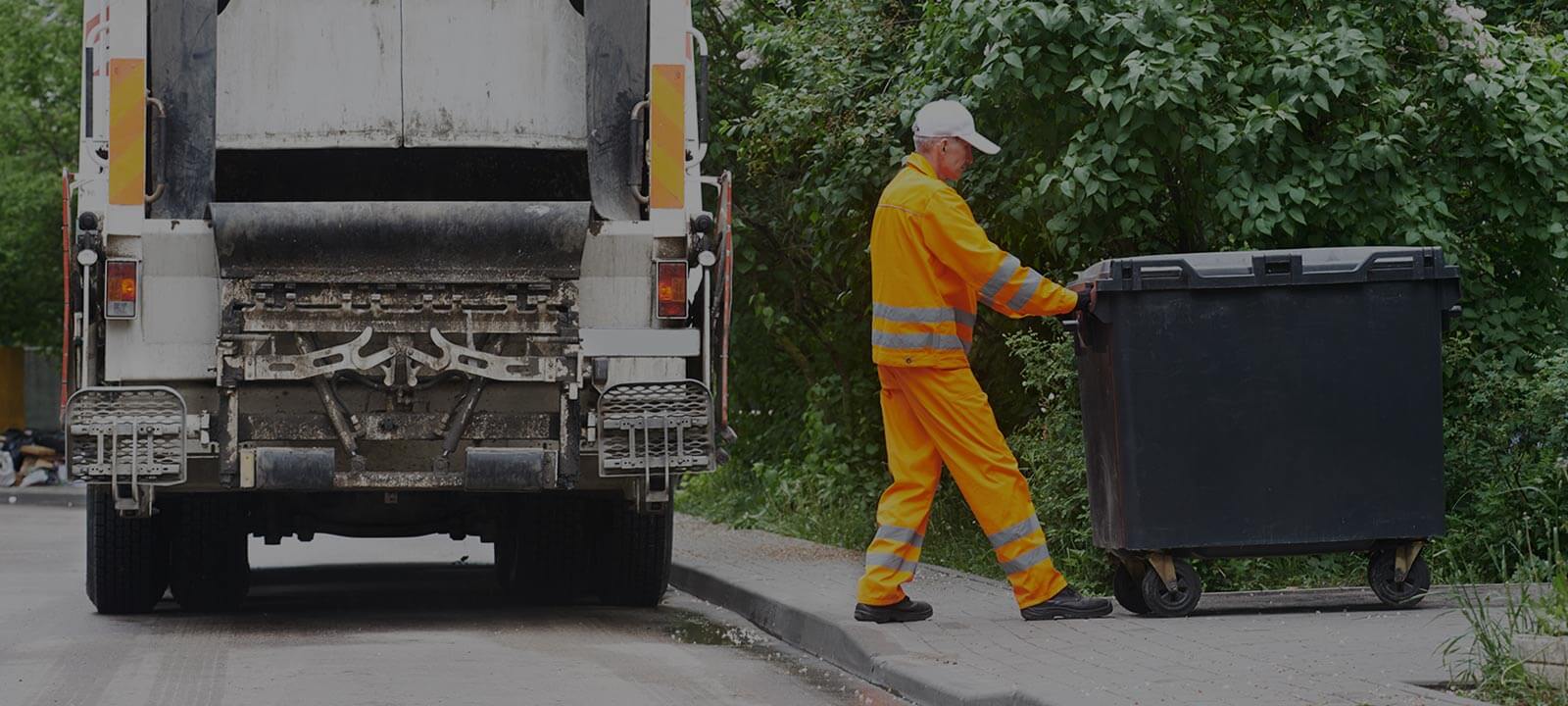Easy Ways to Divert Green Waste from Landfills
Posted on 22/11/2024
The pressing issue of green waste management cannot be overstated. Green waste, composed of plant material such as grass clippings, leaves, and branches, contributes significantly to landfill content, producing harmful methane gas as it decomposes anaerobically. However, diverting green waste from landfills not only helps in reducing greenhouse gas emissions but also converts valuable organic matter into resourceful products. Whether you are an individual looking to make a small difference or a business aiming for sustainable practices, there are several easy ways to manage green waste effectively.
Composting
One of the most effective and straightforward methods of diverting green waste from landfills is composting. This process involves the aerobic decomposition of organic material into humus, which can then be used to fertilize soil.
Home Composting
Individuals can start a compost pile or bin in their backyard. To build a successful compost pile, alternate layers of green waste (such as grass clippings) with brown waste (like dried leaves or cardboard). Maintain appropriate moisture levels and aerate the pile by turning it to speed up decomposition.
Community Composting
If you do not have space for a compost bin, look for community compost programs. Many municipalities offer compost drop-off sites where residents can dispose of their green waste.

Grasscycling
Grasscycling is the practice of leaving grass clippings on the lawn after mowing. These clippings act as natural fertilizer by decomposing and releasing nutrients back into the soil. Grasscycling saves time, reduces landfill waste, and promotes a healthier lawn.
Steps to Grasscycling
- Mow your lawn regularly, trimming only the top third of the grass blades.
- Use a mulching mower or a regular mower equipped with a mulching blade.
- Avoid mowing when the grass is wet to prevent clumping.
Mulching
Mulching is another excellent method to manage green waste. It involves spreading organic material on the soil surface as a protective layer. Mulch helps retain soil moisture, suppress weeds, and improve soil quality.
Types of Mulch
- Leaf Mulch: Shred leaves and use them as mulch for garden beds.
- Tree Bark: Utilize chipped tree bark for landscaping.
- Grass Clippings: Dry grass clippings can be used as mulch around plants.
Vermicomposting
For those with limited space, vermicomposting offers a compact and effective solution. This method uses worms, typically red wigglers, to break down organic waste into nutrient-rich castings. Vermicomposting bins can be kept indoors or outdoors, making it accessible for those in apartment settings.
Setting Up a Vermicompost Bin
- Choose a suitable container and drill holes for ventilation and drainage.
- Add bedding materials such as shredded newspaper or coconut coir.
- Introduce worms and regularly feed them green waste like vegetable scraps.
Yard Waste Collection Services
Many municipalities offer yard waste collection services. Residents can arrange for pickup of their green waste, which is then transported to a facility for composting or mulching. Check with your local government for the availability and regulations of these services.
Perks of Green Waste Diversion
Diversion of green waste from landfills presents numerous environmental and economic benefits:
Reduces Methane Emission
When green waste decomposes in landfills, it generates methane, a potent greenhouse gas. Composting and other diversion methods prevent methane production by allowing aerobic decomposition.
Enriches Soil Health
Compost and mulch enrich the soil with essential nutrients, enhancing plant growth and health. This leads to less dependency on chemical fertilizers, promoting a more sustainable ecosystem.
Supports Biodiversity
Using organic waste products on your garden or farm supports a more diverse soil microbiome, which in turn benefits the flora and fauna of the area.

Practical Tips to Support Green Waste Diversion
To make these steps more practical and sustainable, consider the following tips:
Educate and Involve
Educate your household or organization about the importance of green waste diversion. Involve family members or coworkers to ensure collective participation.
Start Small
If you are new to these practices, start with one method such as composting. As you become more comfortable, incorporate other practices like mulching or vermicomposting.
Use Technology
Leverage available technology and apps to find local composting programs, buy mulching equipment, or even track your waste diversion progress.
Conclusion
Diversion of green waste from landfills is a critical component of sustainable environmental practices. Methods like composting, grasscycling, mulching, and vermicomposting offer practical, easy-to-adopt solutions that yield significant benefits for the environment. By making small yet impactful changes, we can collectively mitigate climate change, enhance soil health, and promote biodiversity.
As we become more conscious of our environmental footprint, adopting these easy ways to divert green waste from landfills can make a substantial difference. The journey starts with a single step, but the positive impact can reverberate for generations to come.






